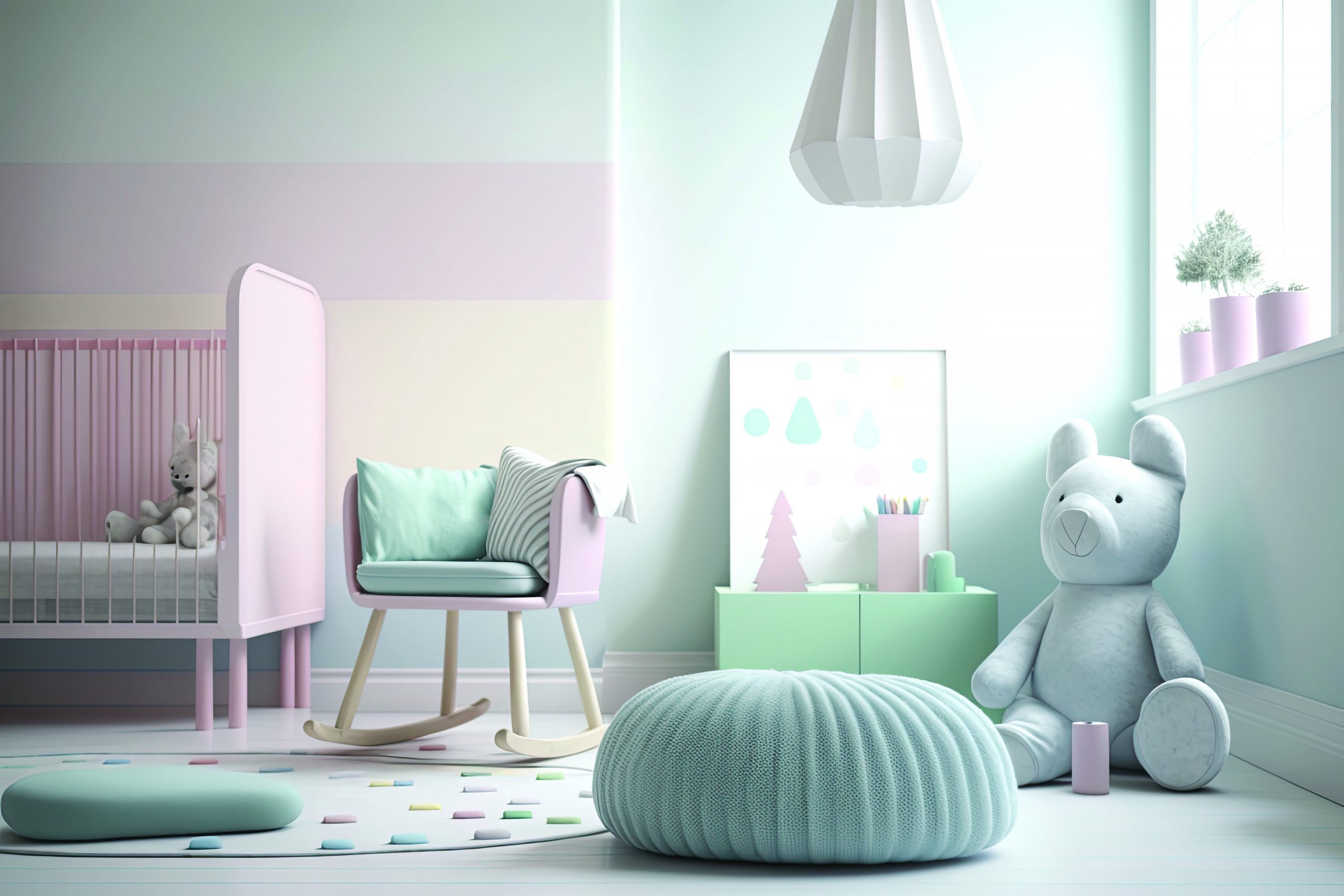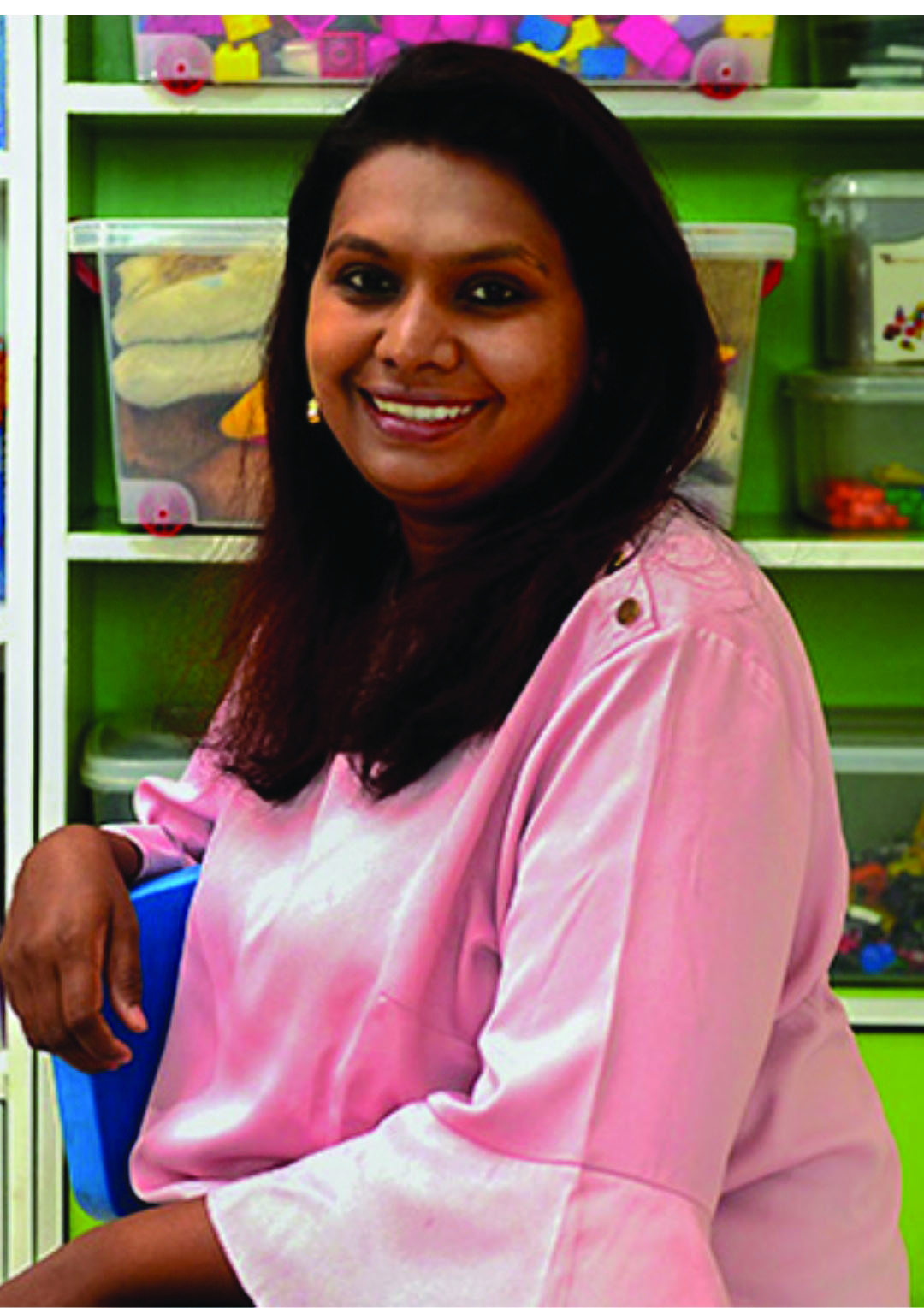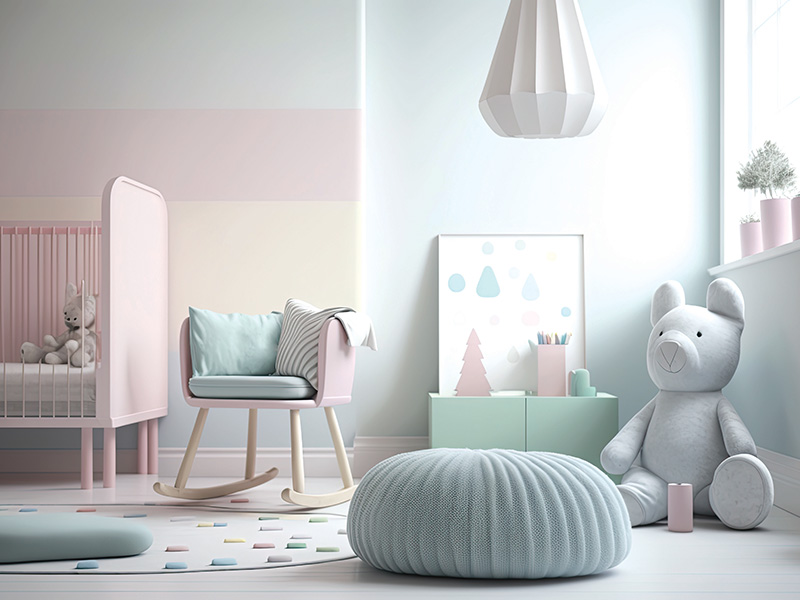Smart ways to organise children’s spaces
Experts share suggestions on how to organise messy children’s rooms into clutter-free spaces writes, Nasrin Modak Siddiqi


Kopal Dhir
A common complaint of most parents is that organising children’s rooms including their books, toys and clothes — at any age — is daunting, laborious and exhausting. The satisfaction of keeping a room tidy and clean apart, maintaining an organised space is critical to boosting children’s productivity, focus and empowering them to make their own decisions.
Kopal Dhir, a Delhi-based professional organiser and founder of Organise with Kopal, who follows the Konmari method (professional organiser Marie Kondo’s minimalism-inspired approach to decluttering) believes the benefits of well-organised children’s rooms extend beyond aesthetics, and significantly boost the productivity of children and parents. “When children have an organised space, they experience fewer distractions, focus better on their study and hobbies and take charge of their belongings, learning quick and independent decision-making. When everything has a designated place, items can be retrieved quickly, saving time and developing a sense of responsibility and order. Also, involving children in the organising process cultivates responsibility and time management skills from early age. For parents, an organised home transcends into reducing time spent searching for misplaced items, creating a smoother morning routine and lowering stress levels,” says Dhir.
PW spoke to experts who share some key principles of organising children’s rooms/spaces:

Rohini Rajagopalan
Keep it minimal
Rohini Rajagopalan, a certified professional organiser and founder of the Mumbai-based Organise with Ease, advises parents to avoid the temptation of buying and storing too many things. “Parents are often too indulgent and cram children’s rooms with toys, books and clothes. This creates clutter. Several studies show that clutter adversely impacts children’s productivity and maximal usage of products. The first step to organising is to declutter. Conduct conscious bi-monthly or quarterly audits and retain only toys, clothes and books that are age appropriate. Recycle or give away things not needed,” advises Rajagopalan.
Likewise, Dr. Dhir endorses downsizing excess toys, books, and clothes. “As children grow, their needs change. Decluttering every few months keeps the space fresh and relevant, making their spaces more engaging and meaningful,” she says.
Start small
Dhir recommends focusing on one area at a time, such as a bookshelf or closet. Clear it, categorise, and assess what’s needed. “First, categorise possessions into major groups such as craft supplies, stationery, and toys. Then divide them based on usage such as school, tuition, or home. As you group similar items, once chaotic sea begins to take shape, forming neat islands of order,” says Dhir.
Enable easy access
Rajagopalan believes it’s important to keep items in ways that are easy for children to access and use. “I recommend basic zip pouches, transparent boxes or a Montessori setup where parents can rotate toys. Observe what children use daily, keep the desk space clear, and have a book rack above or storage below the desk to ensure accessibility to puzzles, activity books and worksheets. Maintain a basic filing system to assure minimal paper trail. Keep a simple caddy for everyday stationery. Stow away items they don’t use regularly on higher shelves,” advises Rajagopalan.
Study zone
Demarcate a space in the room as a study corner where children can learn undistracted. Allow children to add their personal touch. Customise it with motivational quotes or inspiring artworks to stimulate creativity and love for learning.
Make it beautiful
Invest in colourful bins, baskets, and drawers for each clothing category, such as casual wear, formal wear, and seasonal outfits. “Embrace the Konmari method of file folding clothes, ensuring each piece remains visible and easily accessible to children. Consider DIY options such as using empty mobile boxes or repurposing shoeboxes for stationery and craft supplies. Keep extra stationery in clear boxes for later use,” suggests Dhir.
Label all that needs to be labelled
“Labels are enchanting for breathing life into disorder,” says Dhir. She recommends to marking and labelling every drawer, container, and shelf so that everything is in its rightful place and items are returned to their allotted homes, sustaining an organised environment. “Use a label maker or create your own using colourful markers. Children love choosing labels and pasting them on their containers; this gives a sense of ownership and responsibility,” she adds.

Rishika Nasta
Make it personal
Rishika Nasta, a Mumbai-based teacher and personalised gift curator, believes that personalising children’s spaces requires careful consideration of their needs, interests, and developmental stages. “Making children’s spaces productive and engaging involves personalisation. Keep it age appropriate and flexible as interests and preferences change with age. As for colours, choose them according to room aesthetics. Older children prefer more subtle colours. At the risk of generalising, most girl children prefer pastel tones and boys lean towards basic white, blue and greys. But it’s best to take their opinion before making a decision,” advises Nasta.
Create a system
For used artworks and paperwork, Rajagopalan recommends placing everything created in a simple A4 size box that parents can audit later on. “Retain only those items that have long-term significance,” she says.
Follow a daily clearing ritual
A daily ritual of maintaining the space sustains the organising habit. “Encourage children to dedicate 10 minutes every day to put their things back in their allotted place before bedtime. This not only keeps their spaces tidy but also instills a lifelong habit of keeping home/work spaces organised. Remember, the secret to keeping things organised lies in accessibility. Take the help of a professional home organisation service provider, if required,” advises Dhir.
Create an inspiring learning space
Creating a well-organised and personalised study space/corner enhances children’s focus and productivity. Rishika Nasta, a teacher and personalised gift curator, and Kopal Dhir, a Delhi-based professional organiser and founder of Organise with Kopal, share useful guidelines for creating age-appropriate learning spaces:
Below six years
Create a visually appealing learning space by incorporating engaging educational toys and age-appropriate learning materials. Use low-storage shelves, and label boxes and bins with pictures. Also incorporate posters, charts, and educational wall decals related to their favourite subjects or characters to create an exciting learning environment.
6-12 years
Use a personalised approach by organising books by subjects, offering comfortable seating options, and a reading nook. You can also install a bulletin or magnetic board where children can display their artwork, achievements, and goals. Choose age-appropriate furniture (chair and desk) to prevent bad posture.
12-16 years
Incorporate tech-friendly setups with charging stations and cable organisers for children’s laptops and tabs and options to stow them away. Now is the time to introduce study planners, and to-do lists to foster time management and organisational skills. Introduce digital organisation tools like calendars, task managers, and note-taking apps to help them keep track of school assignments, deadlines, and study schedules effectively. Create an inspiration board or wall where they can pin up motivational quotes, pictures, and career aspirations. This can serve as a visual reminder of their goals and dreams. Also encourage children to use colour-coded folders or binders for different subjects.

















Add comment